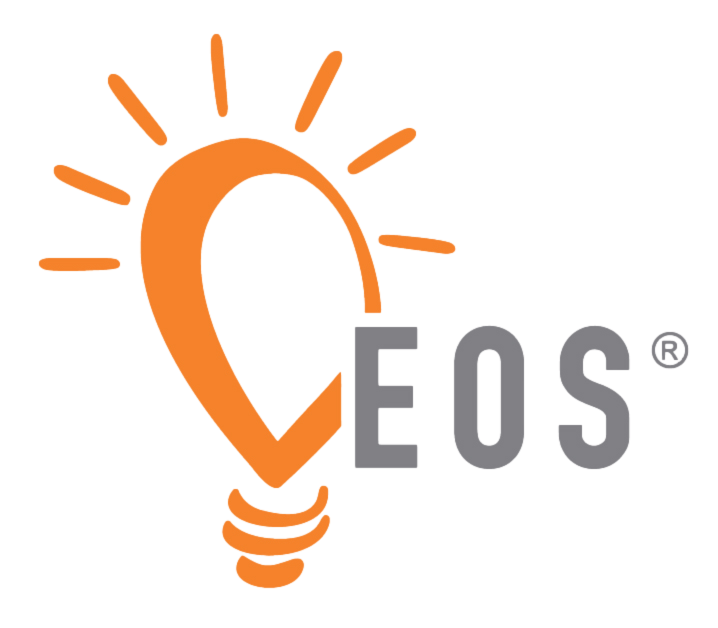In EOS – One-on-ones . . . Yes or No?
I have been getting this question lately, and so I want to answer it for all.
First, my early clients will attest that I was a pro one-on-one and EOS® person. After implementing EOS® with 30+ clients I have learned a few things:
- The most important time for interaction and feedback between leader/manager and team members are:
- Weekly connect points (L10 or set time with team)
- Quarterly 5-5-5™ (feedback / check-in conversation)
- Regular (never missed) same-page meetings between Visionary/Integrator
- Too often one-on-ones are used because team members don’t want to bring up issues in the L10.
If you are currently doing them and want to keep doing them, here are three tips to make sure they are having a positive impact on team health (building capacity for honesty, vulnerability-based trust, and teamwork) and alignment.
3 tips for keeping one-on-ones from derailing team health and making the Integrators job harder than it should be:
- Any issue brought up that involves teamwork with a peer should either: 1) go to the L10 Issues list, or 2) become a To Do to take the issue directly to the person who can help solve it. If it is a conflict that needs the Integrator to be involved to solve it, then make it a Personal Issues Solving Session™ (see toolbox in your LT manual). In a healthy team this should almost never happen.
- Agenda should reflect what the team member needs. Just like the 5-5-5, the individual and not the leader should own the agenda.
- Objective should be to work to a point where these get less frequent or end altogether.
Situations where one-on-ones have been used effectively by EOS leaders I have worked with:
- New team member: having them weekly/bi-weekly for 3 to 6 months helps keep their onboarding plan (you all have one, right?) on-track and deals with any issues more quickly.
- Struggling leaders: more frequent check-ins for coaching and support helps leaders through a difficult situation, which is sometimes warranted.
- New leader: if you are a new leader to the team, these might be an effective way for your team to educate you on what they do, the decisions they face, and even gets you out to tour their operation on a regular basis for a while to learn the business.
I have come to see one-on-ones as not needed if all of the other EOS tools and habits are in place. If you do one-on-ones and want to come to an organizational agreement on when/how they will be used, put it on the IDS list and solve it at an L10 or an upcoming quarterly/annual.
Whatever you do, remember One Team, One Voice – so move together on whatever you decide.
Lead well! ~ Scott
